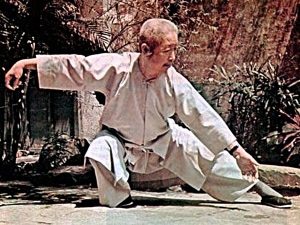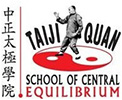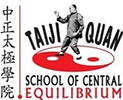What is Tai Chi?
[column size=”one-half”]

Tai means ‘great’ or ‘supreme’, Chi ‘ultimate’ or ‘infinite’ and Chuan ‘fist’. The combined name refers both to the Taoist philosophy out of which the art developed and its claim to be the ultimate martial art. As one of China’s ‘soft’ martial arts it doesn’t meet force with force but deflects and contains an enemy’s attack through the spring-like ‘relaxed force’, which returns an attacker’s energy with minimal exertion.
Most people believe that the Taoist sage Chang San-feng developed Tai Chi in the Thirteenth century.
The Chen family (or clan) adopted the basic art, which later spread to the Yang and Wu families and beyond. Until the twentieth century it was passed on within families, often in conditions of extreme secrecy.
In the mid-twentieth century Professor Chen Man-ch’ing brought Tai Chi to the West. He developed the short form, which is what most Westerners learn. Some claim he diluted it, but the art has constantly evolved. For instance, through most of its history it was practised fast, but the precision required in the movements led to the postures being slowed down for training.
As Tai Chi came out of the secret traditions of powerful families and into China’s parks it took on the aspect of morning exercise and relaxation for old people. Luckily, the spread of its relaxing benefits around China and beyond has encouraged a minority to look for the deep mind control and relaxed force skills which were so jealously guarded by the old Chinese masters.
[/column]
[column size=”one-fourth”]
The Tao
The Tao, or the Way, is a subtle and complicated philosophy. It is linked to a central idea of universal harmony in nature reached through balancing opposing yin and yang energy. It is epitomised by the famous circular symbol. White swirls around black as black swirls around white; in balance each contains an element of the other. For Tai Chi as a martial art this was reflected in the ‘soft and yielding’ being able to overcome the hard; in the fact that to learn to be strong you have to learn to relax completely.
[/column]
[column size=”one-fourth” last=”true”]
“If asked the principle of the understanding and its application, answer; the yi [mind intention] and the qi are kings, while the flesh and bones are their subjects.”
The Song of the 13 Postures
[/column]

